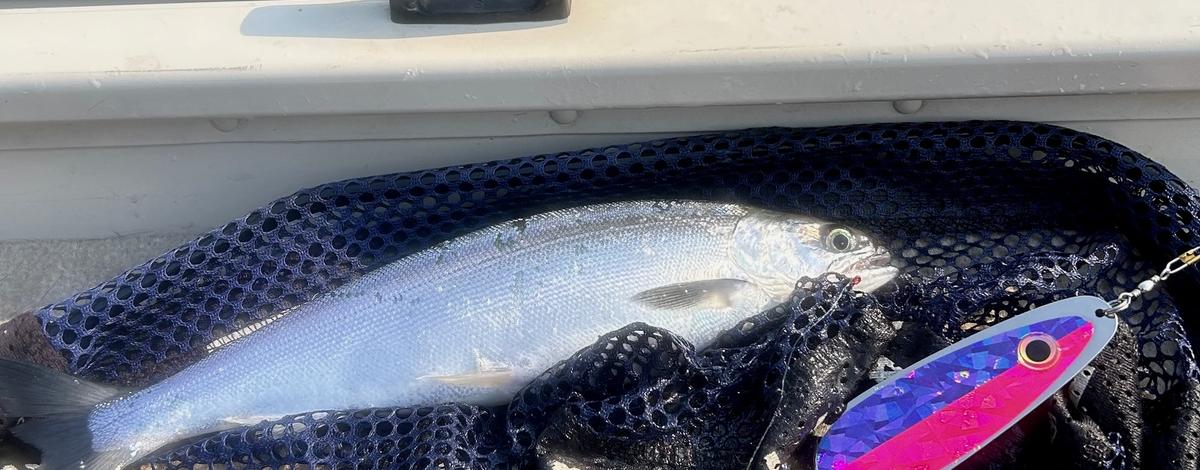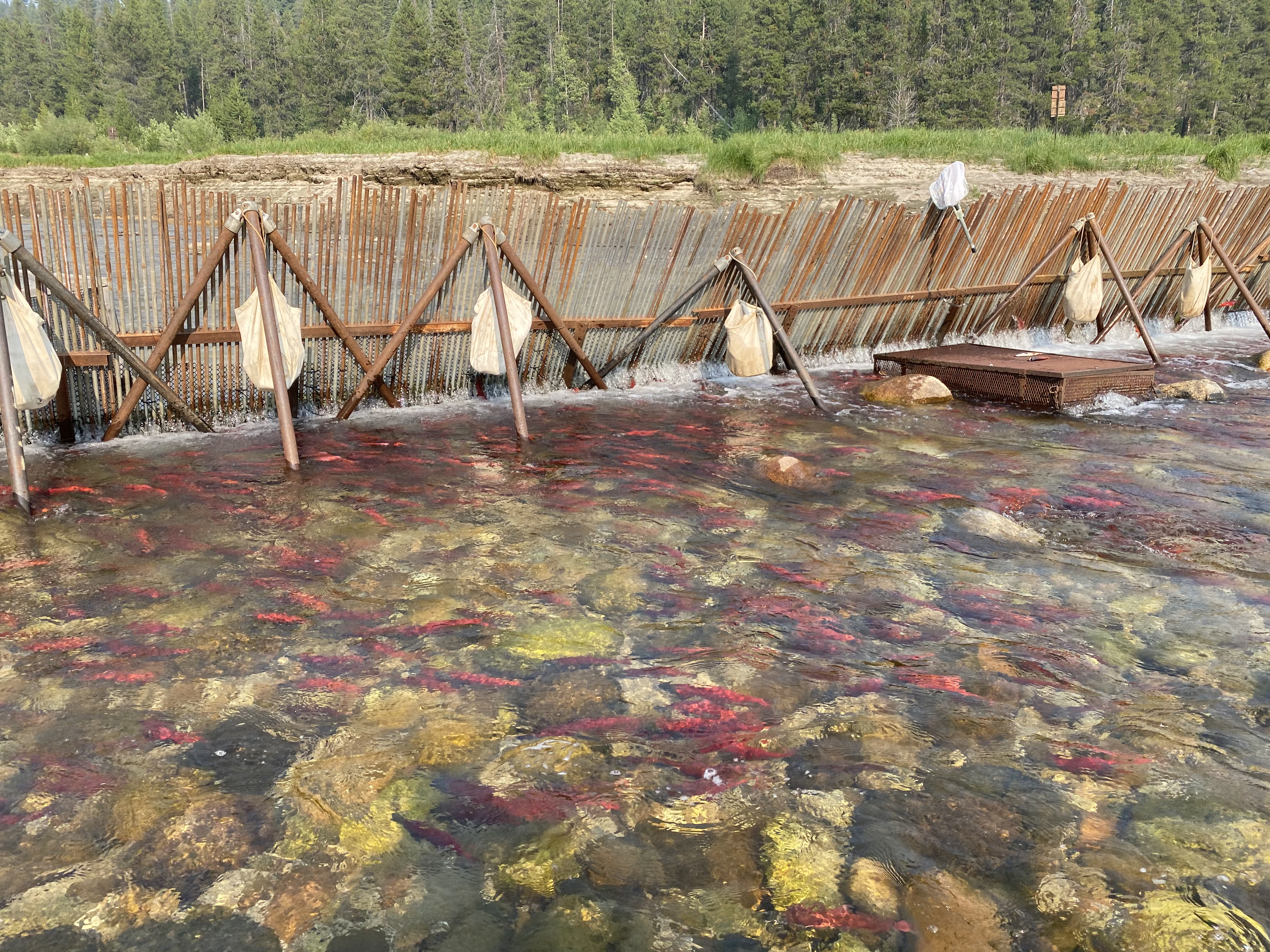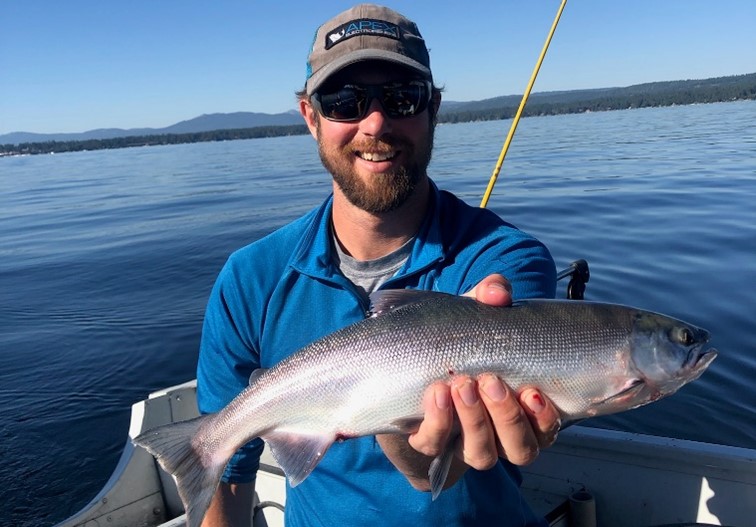Idaho Fish and Game’s hatcheries provide about 30 million fish annually for anglers, and those include about 7 million kokanee. These silvery, landlocked sockeye salmon are an anglers’ favorite because they fight hard and taste great.
In many of Idaho’s most popular kokanee fishing waters, most of the kokanee caught by anglers were born in hatcheries, but the eggs that produced them were taken from fish living in the wild. Each year’s kokanee-egg supply is largely driven by how many adults survive to spawning age in the wild.
But things are about to change in the kokanee world, in fact, they’re changing as you read this. Biologists are taking a different approach. Rather than crossing their fingers and hoping Mother Nature delivers enough kokanee (and eggs) for the next generation, Fish and Game biologists started raising thousands of “captive broodstock” kokanee in hatcheries to hopefully make egg production more reliable and predictable.
“Kokanee fishing is really popular and important to a lot of anglers, so we’re doing our best to meet their expectations,” said Joe Kozfkay, Fish and Game’s state fisheries manager. “We face a lot of uncontrollable natural variables that can make that challenging, and we feel like raising broodstock will improve our response to some of that natural variability, so we’re giving it a try.”
A prize for a dime
Kokanee are not only a prized game fish, they’re also a great deal for anglers. Fish and Game stocks young kokanee when they’re about 3-inches long – commonly known as fingerlings – for about a dime each. Survival varies, but they’re still a real bargain.
Most anglers – especially kokanee anglers – know the number of fingerlings stocked each year is reliant on how many adults survive into late summer when the red wave swims upstream to spawn. Fish and Game biologists build picket weirs to corral thousands of adults, spawn them, and then take fertilized eggs to hatcheries.
Assuming the captive broodstock experiment works out, Fish and Game will have the option of adding eggs that were taken from adult kokanee raised in hatcheries.
“This is not an either/or situation,” Fish and Game Hatchery Complex Manager Bryan Grant said. “Natural-origin (wild) kokanee and their eggs will still be used, and eggs taken from the captive broodstock will supplement them if biologists can’t get enough eggs from wild fish.”
Grant also pointed out that captive broodstock and “wild” kokanee are essentially the same fish. The current broodstock being raised to adults in the Grace Hatchery in southeast Idaho originated from the North Fork of the Payette River north of McCall.



